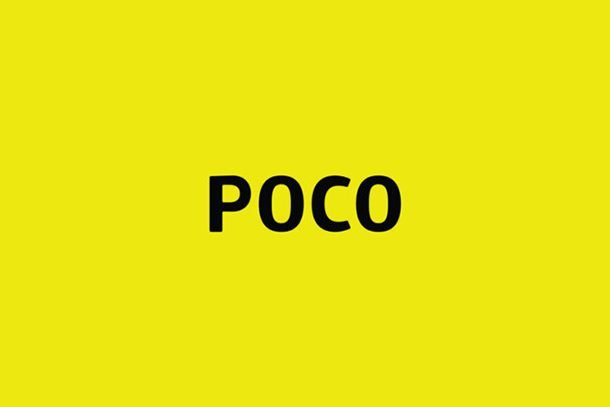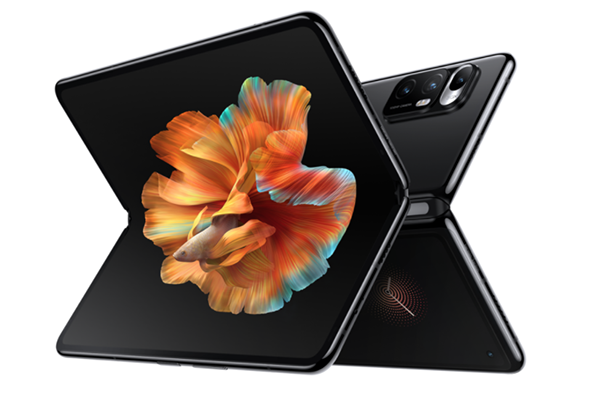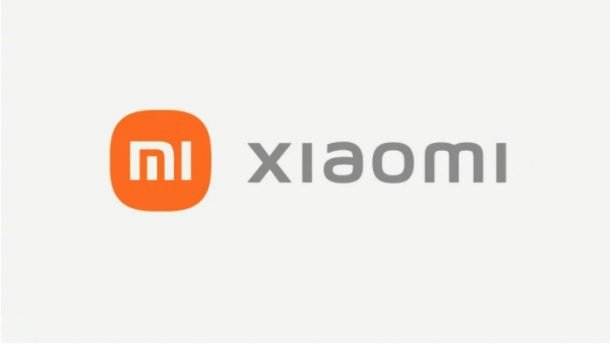Ford and General Motors are both slated to show their third-quarter earnings reports on Thursday.
Reports suggest that despite the negative impacts of the global semiconductor chip shortage, there may be positives for the companies, as well.
Both companies have, of course, had to halt production at times to deal with the chip shortage. And supplies, materials, and shipping have higher costs now, which could also prove problematic for profit margins.
On the other hand, strong demand for profitable trucks and SUVs has been more than helpful.
According to Automotive News, this means investors will be wondering how both companies can navigate a turbulent supply chain.
The annual sales rate for new cars and trucks dropped to 12 million in September, thanks to the chip shortage, and forecasters are cutting their forecasts for 2022 thanks to the shortage and general supply-chain disruption. Much depends on if the chip shortage ends in 2022 or 2023.
Wells Fargo is expecting the two companies will tell investors to focus more on the lower end of their forecasts for the year.
That’s not shocking — the industry is facing a lot of headwinds right now, and Ford and GM aren’t exempt.
[Image: GM]
Become a TTAC insider. Get the latest news, features, TTAC takes, and everything else that gets to the truth about cars first by subscribing to our newsletter.




 Yesterday, Xiaomi released the Mi Mix Fold, a new foldable smartphone. Xiaomi’s entrance in this segment is notable beyond the foldable display. Xiaomi’s new flagship, it has 16GB of RAM and 512GB of storage. The first camera phone to use their Surge C1 chipset, it’s also the first to use liquid lens technology.
Yesterday, Xiaomi released the Mi Mix Fold, a new foldable smartphone. Xiaomi’s entrance in this segment is notable beyond the foldable display. Xiaomi’s new flagship, it has 16GB of RAM and 512GB of storage. The first camera phone to use their Surge C1 chipset, it’s also the first to use liquid lens technology.